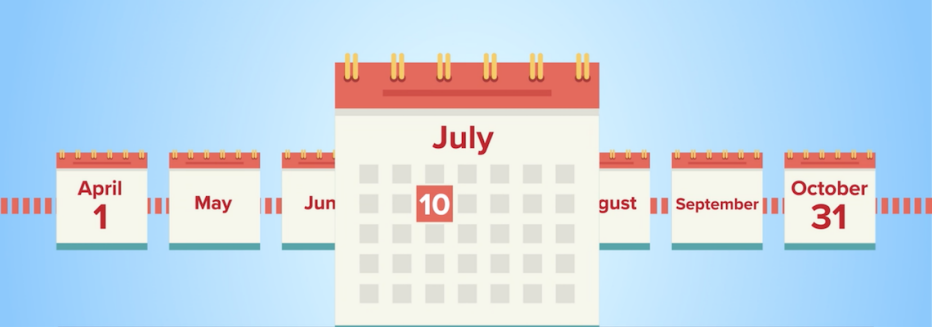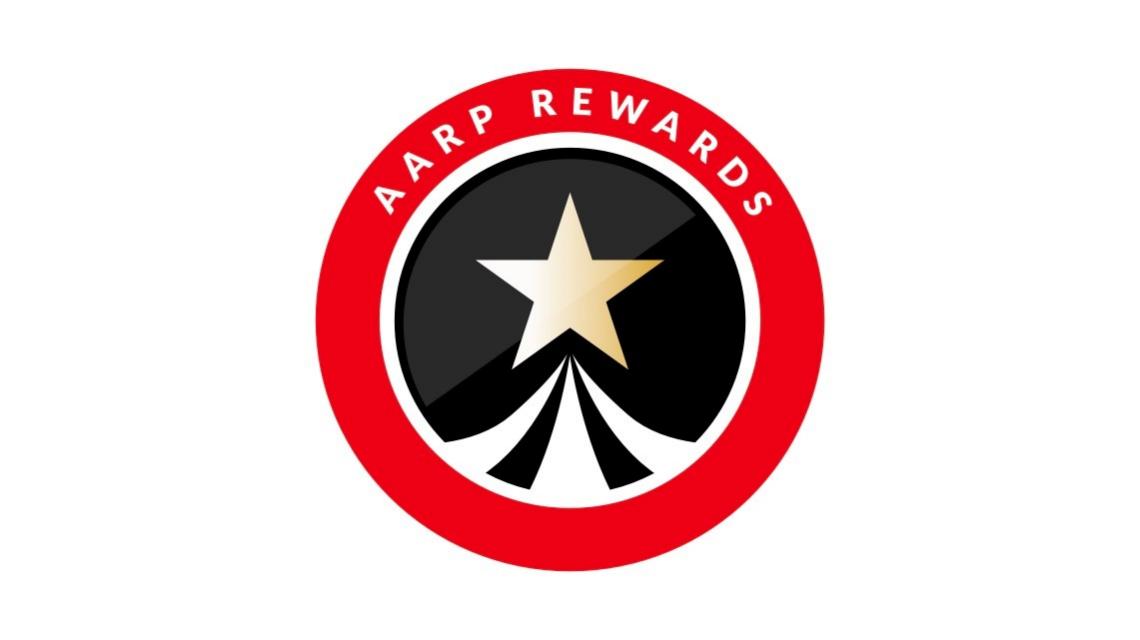Staying Fit
The three Medicare enrollment periods — initial, special and general — are specific time frames when you can enroll in Medicare based on certain circumstances, such as choosing to delay enrollment if you continue working past age 65. As such, you may qualify for more than one at different times in your life.
You won’t need to take advantage of any of the enrollment periods if you’re receiving Social Security benefits at least four months before you turn 65, in which case you’ll be signed up automatically for Medicare. Your enrollment is effective at the beginning of your birthday month or the start of the previous month if your birthday is on the first. You should receive your Medicare card in the mail three months before your coverage starts.
If you don’t get Social Security yet, you need to sign up for Medicare. You can enroll only during one of these three periods, and if you miss deadlines, you could end up with late enrollment penalties and coverage gaps.


AARP Membership— $12 for your first year when you sign up for Automatic Renewal
Get instant access to members-only products and hundreds of discounts, a free second membership, and a subscription to AARP the Magazine.
What is the Medicare initial enrollment period?


Unless you qualify for Medicare early because of a disability, the first time you’re eligible to enroll is during the seven-month initial enrollment period that starts three months before the month you turn 65 and ends three months after your birthday month. If your birthday is on the first of the month, your initial enrollment period is shifted one month earlier.
By signing up before your birthday month, your coverage takes effect the first of the month you turn 65 or the beginning of the previous month if your birthday is on the first. If you enroll during your birthday month or three months afterward, coverage begins the first day of the following month.
The easiest way to sign up is on the Social Security Administration website. Your Medicare card and Welcome to Medicare package should come in the mail two weeks after enrolling.
Qualifying for premium-free Part A, which covers hospitalization, will ensure coverage during or after your initial enrollment period without penalty. Your coverage is retroactive for up to six months but no earlier than the month you turned 65.
If you don’t sign up for Part B during your IEP, you may have to wait until the general enrollment period from Jan. 1 to March 31 each year. You may face a late enrollment penalty unless you qualify for a special enrollment period. The penalty adds 10 percent to the standard Part B premium for each 12 months you could have had Part B but didn’t and lasts for as long as you have Part B. You may be required to pay a Part A late enrollment penalty if you don’t qualify for premium-free Part A.
Special rules for Puerto Rico: Residents of Puerto Rico are enrolled automatically in Part A if they’re already receiving Social Security but not Part B. Unless you or your spouse is still working and you have health insurance from that employer, you’ll need to sign up for Part B yourself during your initial enrollment period.




































































More on Medicare
5 Steps to Help You Sign Up for Medicare Benefits
When to enroll and what decisions you need to make
Medicare Eligibility: Age, Qualifications, Requirements
Here are the requirements to be eligible for health care coverageUnderstanding Medicare’s Options: Parts A, B, C and D
Making sense of the alphabet soup of health care choices